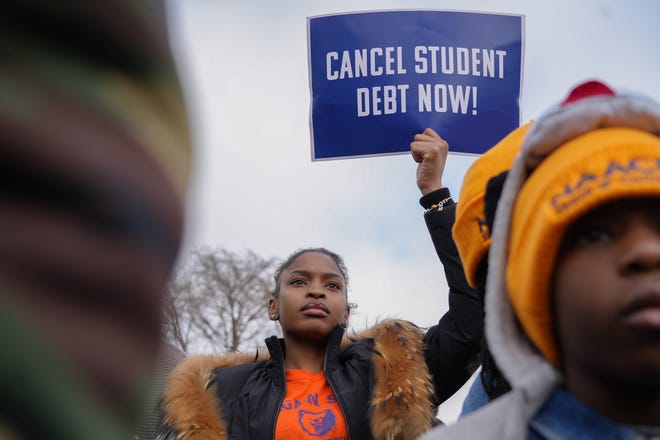The relaunch of student loan payments this fall was expected to pose a hurdle to an economy facing a sharp slowdown and possibly even a recession next year.
It isn’t, at least partly because many of the borrowers, who collectively owe $1 trillion, aren’t paying up amid a yearlong grace period. Others are taking advantage of the Biden Administration’s income-based payment and loan forgiveness programs.
“It’s posing less of a drag (on the economy) and one small factor helping to avoid recession,” says economist Nancy Vanden Houten of Oxford Economics.
Why were student loans paused?
Congress paused federal student loan payments in 2020 because of the COVID-19-induced recession, giving Americans $260 billion in extra cash to help pay the bills and juice a teetering economy.
Learn more: Best personal loans
But the 3½-year-old freeze ended in October, with 22 million borrowers scheduled to make a payment that month and another 6 million set to join them later in the fall.

The payments were projected to total up to $9 billion a month, potentially reducing consumer spending by a similar amount, Vanden Houten says. Since consumption makes up about 70% of economic activity, she reckoned that siphoning away that much money would shave economic growth by three-tenths of a percentage point in 2024. That amounts to about 240,000 fewer jobs added to the labor market.
For an economy projected to grow a meager 1% or so next year, the student loans – along with the depletion of



























































